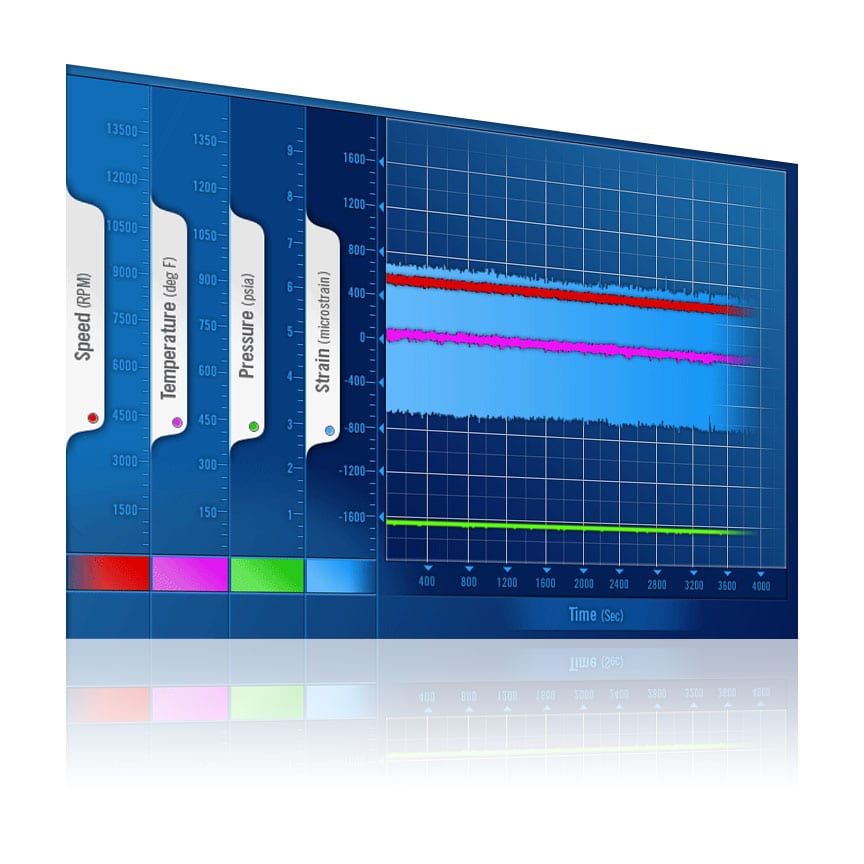Testing in a Dynamic Spin® Rig Provides In-Depth Analysis
April 1, 2012
To evaluate the performance of materials, coatings and parts that will operate in the new generation of high performance engines, the engineers at Test Devices are developing equipment and testing methodologies that can simulate more engine-like conditions.
Dynamic Spin® Rig testing allows vibro-mechanical testing of blades and bladed disks in more realistic conditions. Testing actual engine components under CF loading simulates the loading and boundary conditions on airfoils, together with vibratory excitation to better simulate strain gradients, untwist, blade/rotor interaction, etc. This unique capability is beneficial to understand the performance of new blades and bladed rotor designs.
Testing in a Dynamic Spin® Rig introduces high-cycle fatigue (HCF) conditions in a very controlled manner. The result can be accurately measured with nonintrusive stress-measurement systems, as well as traditional strain gauges. By producing realistic blade vibration responses, testing in a Dynamic Spin® Rig can accurately confirm expected resonance frequencies and mode shapes. Precise speed control allows for very slow resonance crossings to identify modes, distinguish between closely coupled modes and accurately measure amplification factors to determine damping (Q factors). Finally, the ability to precisely target and maintain a selected resonance for long periods of time can often produce enough input to crack blades. The ability to excite blades in a controlled manner facilitates blade failure analysis including the study of crack growth and propagation behavior. This type of testing has also been used to validate the effectiveness of surface treatment and various repair methods.
Blade testing in a Dynamic Spin® Rig provides important part performance data under more realistic engine-like conditions. It provides critical performance data, reduces total testing costs and lowers the risk of in-service component failures.


